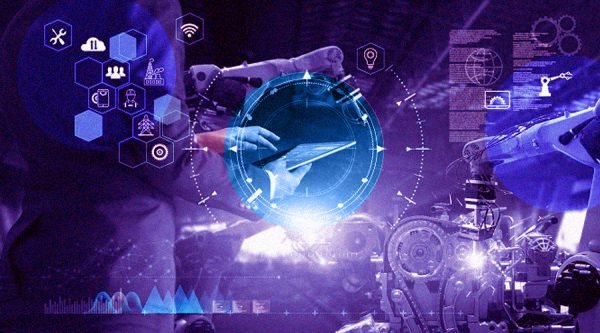Once machine learning techniques are used in business operations, new challenges emerge
It is difficult for data scientists to categorize data and construct correct machine learning models, but managing models in production might be even more difficult. Recognizing system drift, updating models with updated data sets, enhancing performance, and managing underlying technology platforms are all critical data science processes. Without these standards, models might produce erroneous findings that adversely damage business.
Creating production-ready models is a difficult task. According to one machine learning survey, 55% of organizations have not released models into production, and 40% or more need more than 30 days to deploy a single model. The problem of modifying machine learning algorithms and reproducibility is acknowledged by 41 percent of responders.
The lesson was that once machine learning techniques are deployed in production and used in business operations, new challenges emerge.
Model administration and operations were formerly considered difficult tasks for more advanced data science teams. Monitoring operational machine learning algorithms for drift, managing model retraining, warning when drift is considerable, and recognising when models require updates are now jobs. As more businesses invest in machine learning, there is a rising need to educate employees on model maintenance and operations.
The best part is that open source MLFlow and DVC, as well as commercial tools from Dataiku, SAS, Alteryx, Databricks, DataRobot, ModelOp, and others, are making method management and operations simpler for data science teams. Public cloud providers are also offering best practises, such as how to integrate MLops with Azure ML.
Model management and DevOps share several commonalities. Model management and operations (MLops) is a term used to describe the culture, techniques, and technologies required to construct and maintain a machine learning algorithm.
Decoding model management and operations
Consider the intersection of software development approaches with scientific methods to gain a better understanding of model operations and management.
As a software engineer, you understand that finishing a version of an application and delivering it to production isn’t easy. But an even greater issue starts once the application hits production. End users anticipate constant improvements, while the underlying infrastructure, frameworks, and libraries necessitate patching and support.
Let us now go on to the scientific world, where inquiries lead to various hypotheses and repeated experimentation. You studied in science class to keep a log of these trials and to trace the progression of changing variables from one test to the next. Experimentation leads to better results, and documenting the process helps persuade colleagues that you’ve investigated all factors and that the results are repeatable.
When experimenting with ML models, data scientists must draw on skills from both software design and scientific research. Machine learning techniques are pieces of software written in languages such as Python and R, built with TensorFlow, PyTorch, or other ML libraries, and delivered to cloud infrastructure using platforms such as Apache Spark. Machine learning techniques require extensive experimentation and refinement, and data scientists must demonstrate the correctness of their models.
Machine learning methods, like software, require constant maintenance and upgrades. Some of this is due to the upkeep of code, libraries, frameworks, and infrastructure, but data engineers must also be cautious about model drift. Model drift happens when new data becomes available and machine learning methods’ predictions, clusters, categories, and recommendations diverge from potential results.
Sources: analyticsinsight.net









